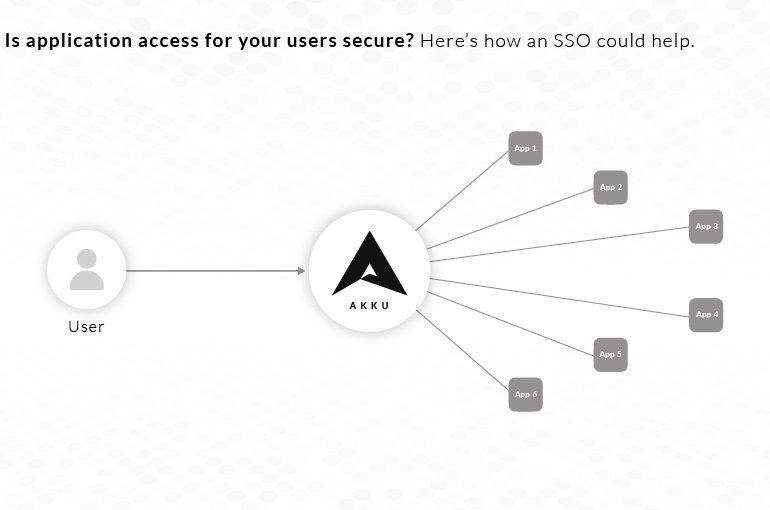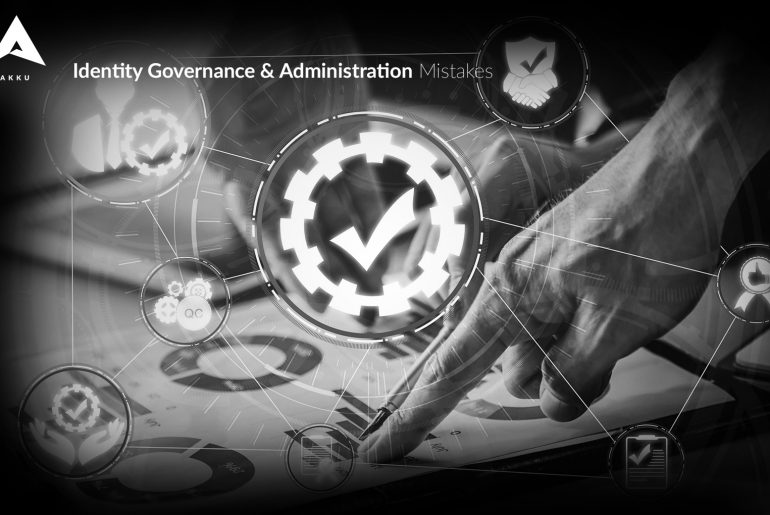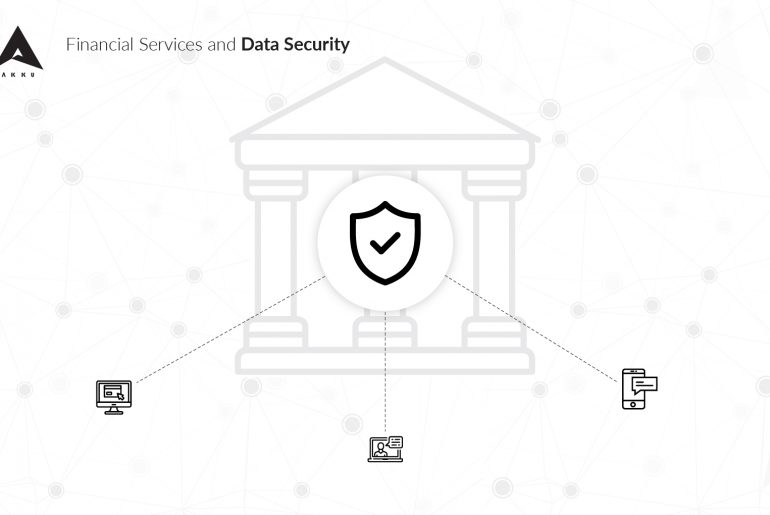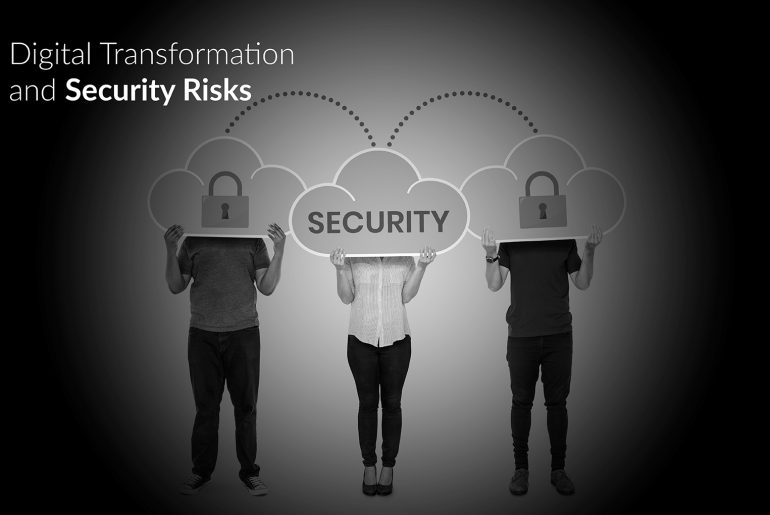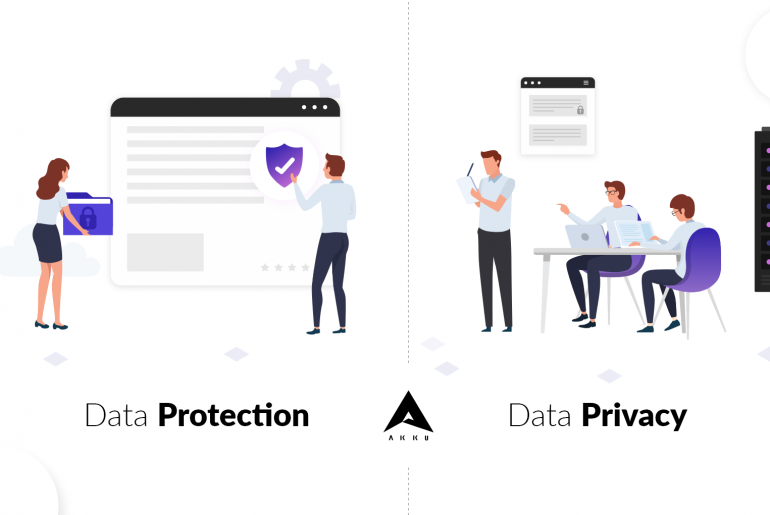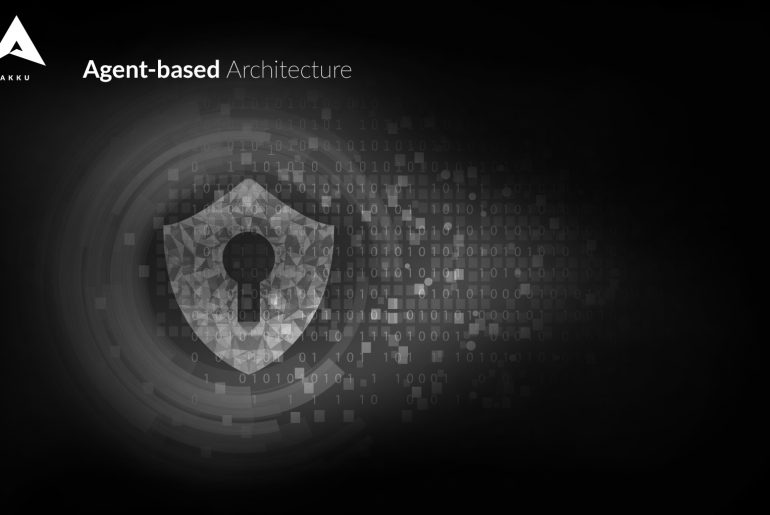In any enterprise, it is a given that employees will come and go, and many will switch roles within the…
Ever wondered why organizations emphasize the importance of setting a complicated password as opposed to something convenient like ‘password123’? In today’s world, hackers are getting creative with their cybersecurity attacks. One type of attack that has gained a lot of traction in the past year is ‘password spraying’ – a type of brute force attack in the cybersecurity realm that goes beyond the traditional forms of hacking into an account.
Picture this – in the past, hackers would attempt to gain unauthorized access to a single account by constantly guessing the password in a short period of time. But with organizations bringing measures such as locking an account when three or more attempts have been made, the user gets notified about any attempted security breach.
Identity governance and administration (IGA) is the policy-based implementation of user identity and access to ensure security and compliance across the IT environment. In IGA, the first step is to remain aware of risks and then follow the best possible practices to mitigate them by improving visibility and accountability.
Today, migrating to the cloud is a crucial stage in a financial enterprise’s growth and development. It is, quite simply, the most efficient way of running operations. With this in mind, financial services organizations are investing significant resources in cloud-based technologies, including infrastructure, platform, and software as a service.
Digital transformation has been adopted by most companies from around the world, resulting in a more connected and innovative business environment. Today, digital transformation essentially involves an organization’s adoption of IoT, cloud computing, machine learning, and AI.
Just last year, the popular Q&A site Quora suffered a data breach, as reported by Techworld in their article on UK’s most infamous data breaches. This just goes to show that even the best of businesses are finding it a challenge to secure their data and vital business information in this age of digital advancements.
IT security is, no doubt, an overwhelming, daunting, and expensive task. With cybercriminals getting more advanced and sophisticated, organizations are struggling to find security solutions that will effectively counter them.
Data protection and data privacy are so closely linked that people (and sometimes even organizations) tend to think of them as synonyms. However, understanding the difference between the two is crucial to ensuring that both protection and privacy are maintained.
If your organization relies on the cloud for a majority of its operations, you may want to look closer at the type of architecture your security solution uses – whether it is agent-based or agentless. While some might say that it is irrelevant and that you should focus only on the security solution’s efficiency, we beg to differ. Picking the right kind of cloud security solution can drastically affect your organization’s day-to-day operations and how much ownership you can take over the security solution.
What is WebAuthn?
WebAuthn (Web Authentication API) is a global standard specification for secure authentication on the Web, formulated in 2018 by the World Wide Web Consortium (W3C).
This browser-based API allows user authentication on web applications through the creation of strong “credentials” and user-agent-mediated access to authenticators. This could be either in the form of hardware tokens (like U2F security keys) or in-built modules (biometric readers like Google Hello, Apple Touch ID) in the platform. Web Authn has garnered the support of all leading browsers like Chrome, Firefox, and Edge, and is compatible with all leading platforms.
In recent times, you might have noticed user accounts being compromised by the millions, and yet companies refute these claims saying that their systems are secure and have not been attacked. In these cases, the companies are right – instead of a direct attack, the hackers may have performed an attack called ‘credential stuffing’. In this type of attack, hackers get their hands on usernames and passwords of one application or service and stuff the same credentials on another login for another digital provider.

